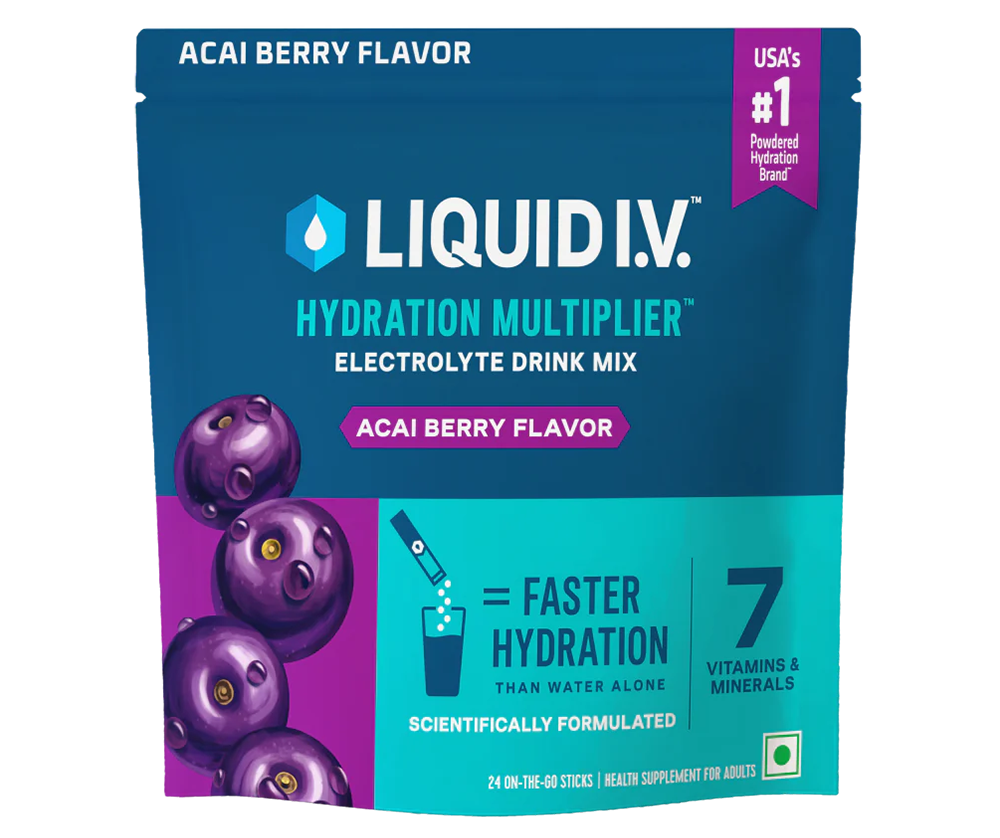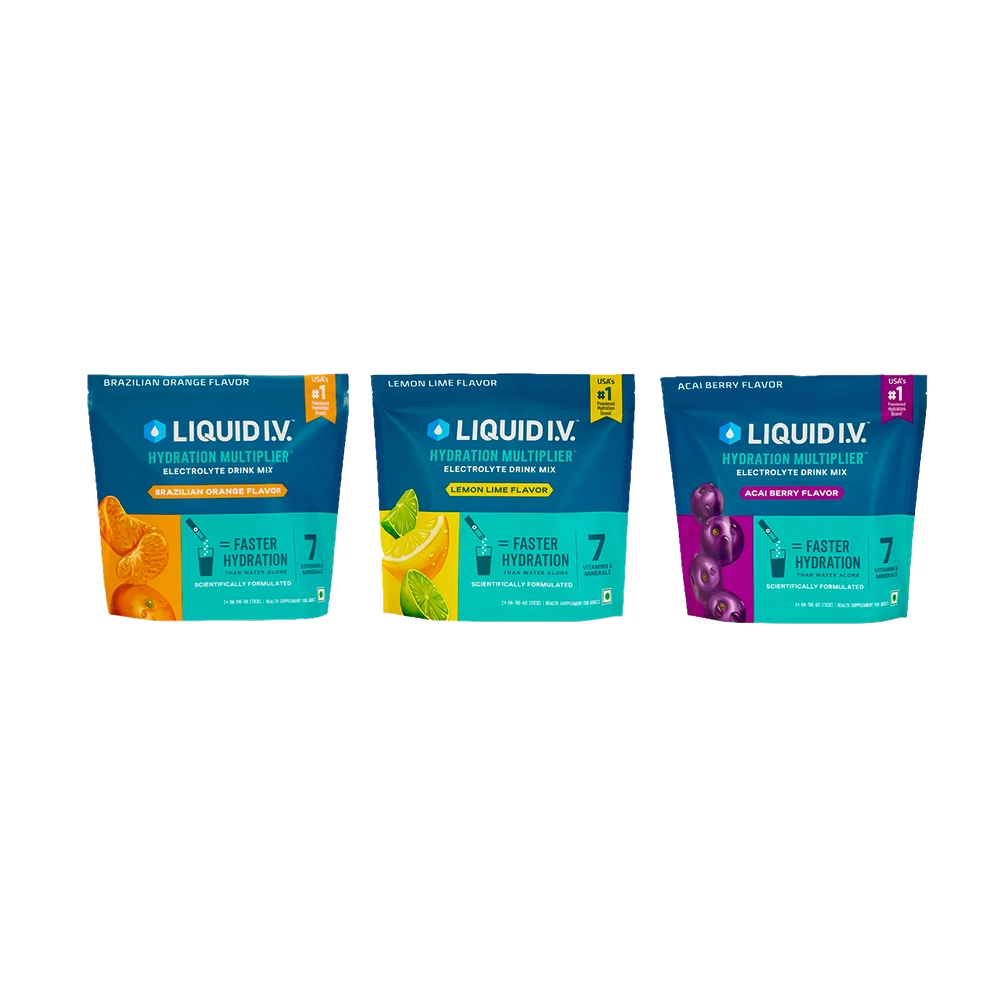Best Foods with Electrolytes for Daily Hydration
Introduction
Our body is fuelled by food and water. And water plays a major role in many different ways to ensure all of our organ systems work seamlessly. It makes up about 60% of the body weight, so its clearly doing so much for us by involving in almost all functions across the body. Some of these are:
- Water is the medium for the body’s many chemical reactions to take place. It provides a platform or space for everything (we mean, EVERYTHING) to interact, react, exchange, and get transported.
- Transport of materials. Water is a part of many fluids in the body, like the blood. And blood travels throughout the body, to every organ, to carry necessary packages, take items from one place to the other, and even acts as transport by lifting substances to its target location!
- Regulation of temperature. To keep our body running the human body has to maintain at a constant temperature on the inside keep its delicate balance. And who’s running behind the scenes ensuring this balance? Water, of course!
Water does all this and much, much more! This little, but wonderful compound is who we owe our good health to. But we are such large organisms. Will water be a solo performer?
What Are Electrolytes?
Water isn’t a lone singer who entertains with just its voice. It is actually an orchestra that consists of many members that work together in sync! And these members are the electrolytes – charged chemical species that are dissolved in water. Some examples are sodium, potassium, phosphate, bicarbonate, calcium, etc. While water makes the film, but it is also the electrolytes that we’re all tuning in for. Electrolytes give direction to the water molecules – telling them exactly where to go.
Electrolytes are also important for the nervous system! They help our nerves work properly, and also help maintain the acid-base balance in the body. Muscle function also depends on electrolytes like potassium in the body, and the body uses calcium ions for bone health.
So, we see while water is campus crush when it comes to hydration, it’s the electrolytes’ presence that draws it to its required location, along with doing a lot more!
Foods High in Electrolytes
So, it’s established that electrolytes are essential for the body. But how do we ensure we have all the electrolytes we need? Most of the food we eat has its fair share of electrolytes. Let’s dive into a couple of food items that are can be included in our electrolyte diet!
Spinach and broccoli
The humble spinach and the fancy broccoli are actually powerhouses! They not only make your green goddess salads look like emeralds; the spinach contains a good amount of magnesium and calcium, and broccoli gives a nutritional boost of potassium, calcium, and iron. Including these can be beneficial for healthy functioning of many body systems, such as the muscles and bones.
Soybeans
Soybeans are one of our home staples. But did you know that they are also rich in electrolytes? They have a good amount of magnesium. Who knew this modest pantry basic is not a basic diva at all!
Almonds
Songs of almonds have been sung from rooftops and trees and for good reason. It has numerous health benefits, from maintaining blood glucose, fats.
They are a great source of manganese, magnesium, copper, and phosphorus. A few almonds with its skin a day, probably can keep the doctor away!
Fruits and vegetables
Fruits and vegetables, in general, are wonderful sources of micronutrients and electrolytes. Filling up our plate with veggies to ensure we get enough electrolytes is an easy way to make our regular diet and electrolyte diet! Including different fruits everyday for our mid-meal snacks can be a smart move to avoid the junkies and to add fruit electrolytes.
For example, many fruits are rich in both water and electrolytes. These double bonanza treats include watermelons, strawberries, oranges. They’re delicious and can hydrate us from within.
Many studies have proven that fruits are rich sources of many electrolytes. It has been shown that we get a majority of our electrolytes from our food, especially fruits and veggies. We get sodium from and chloride from salt.
Potassium is present in fruits (like bananas and avocados), mineral water and vegetable juice. Magnesium, on the other hand, is found in bread, grains, and many fruits.
And lastly calcium is very easily found in and leafy greens.
Tomatoes
Why is this vegetable having a separate section? A key ingredient in all our curries and rasams, this country cult favourite vegetable (or fruit) has aan amazing nutritional profile. Tomatoes are rich in SO MANY electrolytes – you name it, tomatoes will probably have it. They have the major electrolytes – sodium, potassium, calcium, magnesium, and chlorine – and also trace ones – like iron, selenium, nitrates, and more!
Milk
Milk is a superfood, and we will fight anyone who thinks otherwise. This wonder liquid is very hydrating, thanks to its high water content. And it is also rich in calcium!
Yogurt or our Dahi, Thayair, Moru, Doi and buttermilk
We hope we didn’t mislead you into thinking that milk alone is hydrating. Once set as curd or yoghurt, it is still a hydrating home staple that is nourishing – it has a decent amount of protein, fats, vitamins, and a great probiotic. Along with all this, it is a good source of electrolytes like potassium and phosphorus.
Buttermilk, a diluted yoghurt drink, is not far behind! It is also a good source of protein, but more importantly, it provides electrolytes like potassium and calcium, along with other vitamins and minerals! We highly recommend this for the summers to cool our body, while boosting hydration like a pro!
Fish
If you’re a coastal star (and even if you’re not), eating fish can be a good source of protein and also sodium! These sea beauties can also be included as an electrolyte source to boost your body’s health.
Conclusion
electrolytes are like the bestie we can lean on in our difficult times and celebrate with in our good times. They are always there for us, constantly supporting our health through thick and thin. Most of these food items are quite commonplace in our kitchens and markets and can easily be integrated in our diet to make turn it into an electrolyte diet. Healthy living is not a tough and burdensome feat; it just takes a few conscious steps, and a few additions here and there.
FAQs
-
- What are electrolytes in diet?
They are little charged chemical species we get from minerals in our food. They have many varied functions in the body, like ensuring hydration, muscle and nerve functions among others. -
- Which foods have the most electrolytes?
Fruits and vegetables are high in water and electrolytes. Let’s not forget our humble salt, and milk too! -
- Who needs electrolytes?
Everyone! All of us rely on electrolytes for our normal functioning. So, it is important to ensure we consume a healthy amount of electrolytes in our diet. -
- Which food is highest in potassium?
Foods like bananas, avocados, spinach, and sweet potatoes are high in potassium. -
- What foods are high in sodium?
The primary source of sodium (and also chlorine) is salt. We also get it from other sources like mineral water and processed food.





